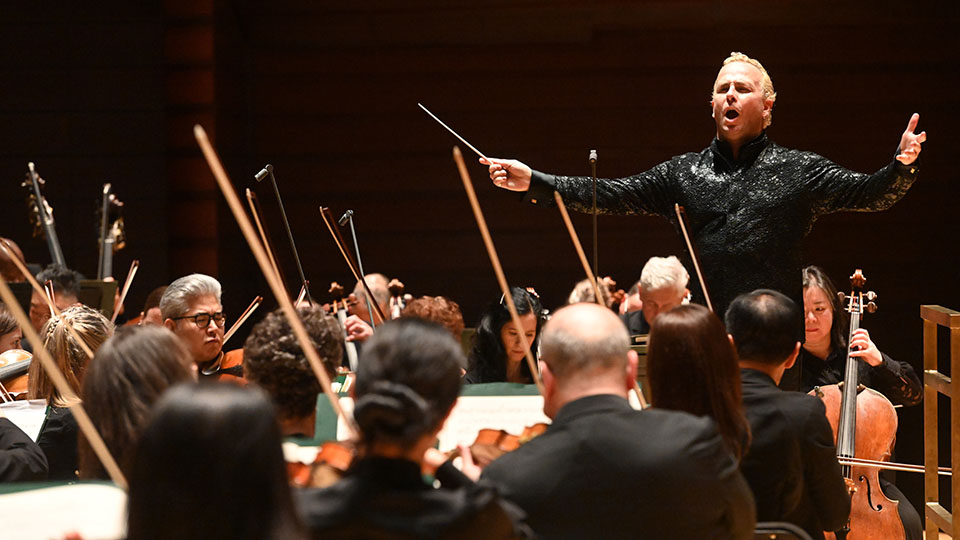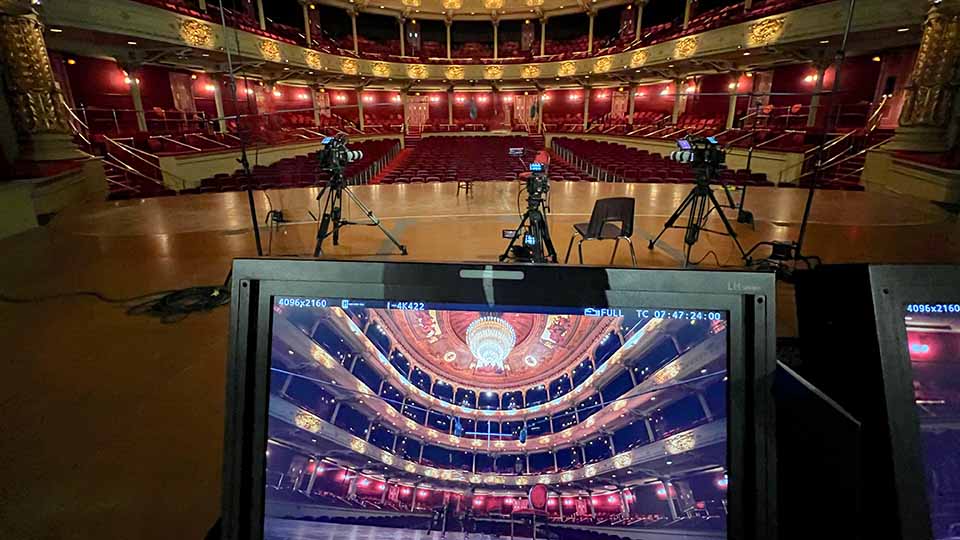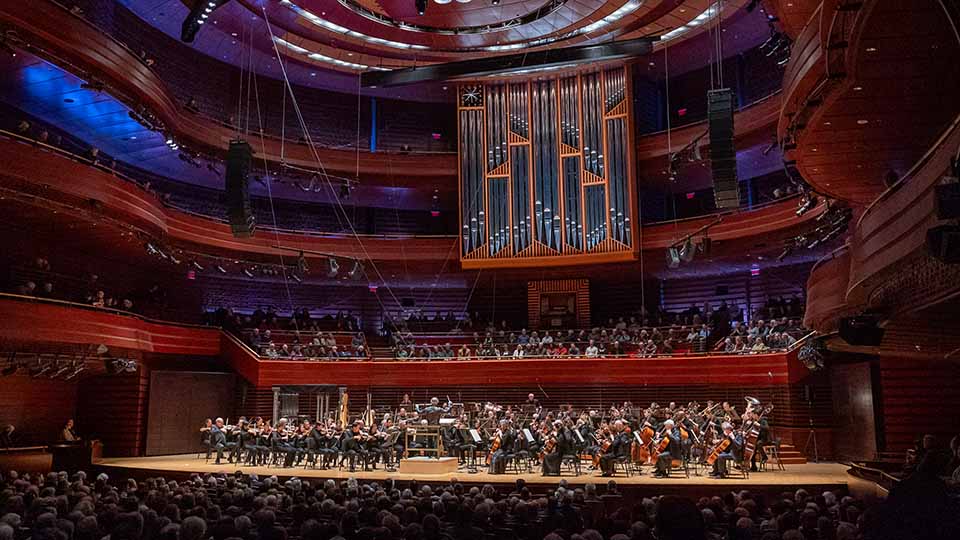With a legacy spanning nearly 125 years, The Philadelphia Orchestra continues to challenge convention in the classical music world. The Orchestra made cinematic history by performing the soundtrack to Walt Disney’s legendary animated film Fantasia—and that’s just one of its many groundbreaking achievements.
From making the first electrical orchestral recording in 1925 to introducing live internet cybercasts in 1997, The Philadelphia Orchestra has set numerous media milestones. Under the direction of Music and Artistic Director Yannick Nézet-Séguin—one of today’s leading figures in classical music—the Orchestra continues to champion audio and visual innovation.

Building A Future-Proof Video Workflow
The Philadelphia Orchestra has embraced digital performance on a global scale, launching its Digital Stage across all seven continents in 2020. To support this initiative and expand its storytelling, the Orchestra established an in-house video production team.
Today, that team creates a wide range of video content from musician profiles to guest artist and composer features, community-focused stories, concert promotions, and full concert recordings.
Q&A With The Philadelphia Orchestra
SNS connected with Travis Wurges, video producer at The Philadelphia Orchestra, for a behind-the-scenes look at how the team uses EVO shared storage to power its video production workflow. In his own words, Wurges shares how EVO helps the Orchestra create, manage, and deliver exceptional content every day.

Q: What challenges did your team face before implementing EVO?
Implementing our 200TB EVO system (100TB head with a 100TB expansion chassis) was a top priority once our in-house video production team was in place. This enabled us to streamline our systems and allowed for future growth and data safety. Our content now has a stable home.
Additionally, some of the previous drive arrays were connected to a remote Mac Pro accessed over the corporate LAN, which meant limited connection speed and competition with general network traffic.
Q: How has your workflow changed since adopting EVO?
Our editing systems are now directly connected via fiber to the shared storage. Having the footage live on a NAS has been game-changing since we often share footage.
The EVO lives in the main MDF data room. Our working files are all backed up nightly to the cloud using Slingshot.
Our philosophy is that each project-related file must be self-contained in a project folder on the server. Every file must live on the EVO, not on an editing system’s local hard drives or an attached drive. That way, nothing breaks or is missing when projects are opened on another editing system or are archived.

Q: What made EVO stand out as the right solution?
It’s essentially invisible. It just works. I like the ability to seamlessly add expansion chassis in a stable way.
Q: What EVO features do you find most valuable in your workflow?
Slingshot is incredibly valuable for managing our nightly off-site backup to Backblaze.
ShareBrowser is great because of the file indexing, so searching is faster.
Q: What other technology do you use in your workflow?
We believe in future proofing our work by capturing in 4K. We focus on efficiency by editing in 1080. We also shoot everything in LOG. We use Adobe Premiere (and the full Creative Suite), DaVinci Resolve, AVID Pro Tools, OrangeLogic’s Cortex Digital Asset Manager, and Panasonic Varicam cinema cameras.
Q: What would you say to other organizations considering SNS products and services?
Stop buying individual hard drives! EVO systems are an investment, but having rock solid file storage is the foundation of production.
Q: Are there any other details you would like to share?
Although I’ve not had to use our SNS Premiere Support often, the team has always been quick to respond and incredibly patient and helpful.

Empowering Excellence In Video Production
Fueling video production in-house with the right tools—like EVO, ShareBrowser, and Slingshot—has enabled The Philadelphia Orchestra to take full creative control of its video content creation process. Their video team can now align visual storytelling more closely with the Orchestra’s artistic mission, without workflow bottlenecks or broken file links slowing things down.
With EVO at the center of its post-production workflow, The Philadelphia Orchestra can collaborate efficiently, manage media with confidence, and maintain the level of excellence its legacy demands. Whether producing short-form clips for social media or full-length performances, the video team consistently delivers high quality production that resonates with modern audiences.
Orchestras, performing arts centers, and creative teams producing high-volume video content can get a live demo of EVO shared storage to experience the powerful video workflow in action.
